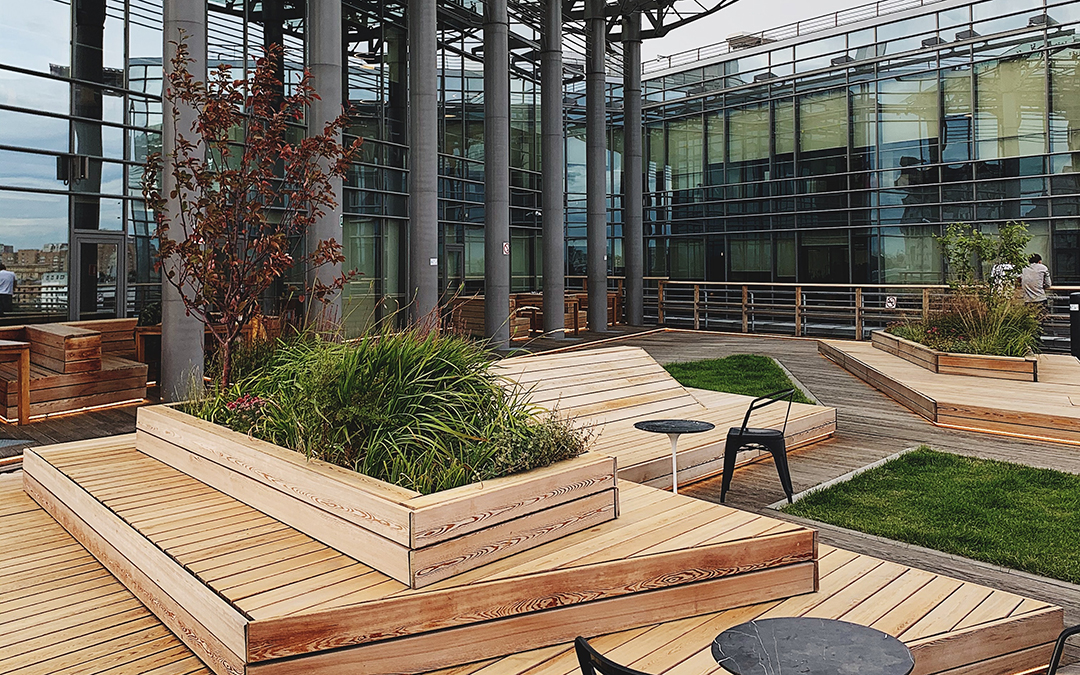
Are you considering selling commercial or investment property that has seen an increase in value? A Section 1031 like-kind exchange, in which you trade the property rather than sell it, is one approach to defer a tax bill on the gain. With rising real estate values (and increased tax costs) in some locations, the like-kind exchange plan may be appealing.
Any exchange of real property held for investment or productive use in your trade or business (relinquished property) for like-kind investment, trade, or business real property (replacement property) is referred to as a like-kind exchange.
Like-kind is defined broadly, and most real property is regarded to be like-kind with other real property. Neither the relinquished nor the replacement property, however, can be real property held largely for the purpose of sale.
TCJA Changes Like-Kind Exchanges
Exchanges of personal property — such as equipment and some personal property building components — completed after December 31, 2017 are no longer eligible for tax-deferred Section 1031 treatment under the Tax Cuts and Jobs Act.
Here’s how the tax regulations work, assuming the transaction qualifies. You won’t have to recognize any gain from the exchange if it’s a pure asset-for-asset transaction. For the replacement property, you’ll use the same “basis” (cost for tax purposes) that you did in the relinquished property. You must still report the exchange on Form 8824, “Like-Kind Exchanges,” even if you don’t have to recognize any gain.
However, because the properties are rarely equal in value, some cash or other property is frequently thrown into the mix. This property is called “boot.” You must recognize your gain if boot is involved, but only up to the amount of boot you receive in the exchange. In these situations, the basis you get in the like-kind replacement property you receive is equal to the basis you had in the relinquished property you gave up, reduced by the amount of boot you received but increased by the amount of any gain recognized.
READ MORE: Repairing or Improving your Business Property can Provide Tax Deductions
A Like-Kind Exchange Example
Let’s say you exchange $100,000 worth of land (business property) for $120,000 building (business property) plus $15,000 in cash. The deal resulted in a $35,000 gain for you – for an asset with a basis of $100,000, you received $135,000 in value. You have to recognize only $15,000 of your gain because it’s a like-kind exchange. That is the amount of cash (boot) you received. Your original basis in the relinquished property you gave up ($100,000) plus the $15,000 gain recognized, minus the $15,000 boot received, is $100,000 – the basis in your new building (the replacement property).
It’s worth noting that no matter how much boot is received, you’ll never recognize more than your actual (“realized”) gain on the exchange.
If the property you’re exchanging is subject to a debt from which you’re being relieved, the amount of the debt is treated as boot. The premise is that if someone assumes your debt, it’s the same as if they gave you cash.
Like-Kind Exchanges for Tax Deferral
Like-kind exchanges can be a great tax-deferred way to dispose of investment, trade or business real property. Contact us if you have questions about like-kind exchanges or other ways to defer taxes.
© 2022